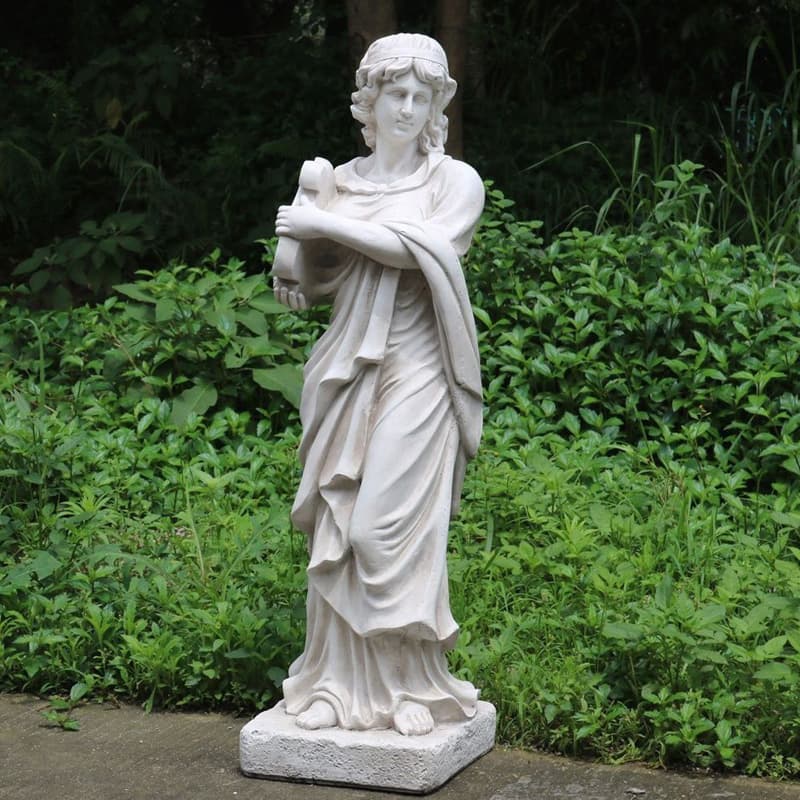




Creating a glassfiber reinforced concrete (GFRC) sculpture involves combining glass fibers, concrete, and additives to produce a strong and durable artistic piece. GFRC sculptures can range from small decorative items to large outdoor installations. Here's a general overview of the process:
1. Design and Planning: Decide on the concept and design of your sculpture. Consider the size, shape, and overall aesthetics. It's essential to have a clear plan before you start working with the materials.
2. Materials and Tools:
3. Mixing the GFRC: Mix the concrete, glass fibers, and additives according to the manufacturer's instructions. The glass fibers are added to the concrete mix to reinforce it and enhance its tensile strength.
4. Applying the GFRC:
5. Curing: Curing is a critical step in ensuring the strength and durability of the sculpture. Keep the sculpture moist and at the right temperature for the specified curing period. This typically involves covering the sculpture with plastic sheeting or wet burlap.
6. Demolding: Once the sculpture has cured sufficiently, carefully remove it from the mold. Be gentle to avoid damaging the finished surface.
7. Finishing: Depending on your design, you may need to sand, carve, or otherwise refine the surface of the sculpture. You can also apply paints, stains, or sealants for protection and aesthetics.
Creating a glassfiber reinforced concrete sculpture requires skill and attention to detail. If you're new to this process, consider starting with smaller projects before tackling larger, more complex sculptures. Additionally, research and practice are key to mastering the techniques involved in working with GFRC.